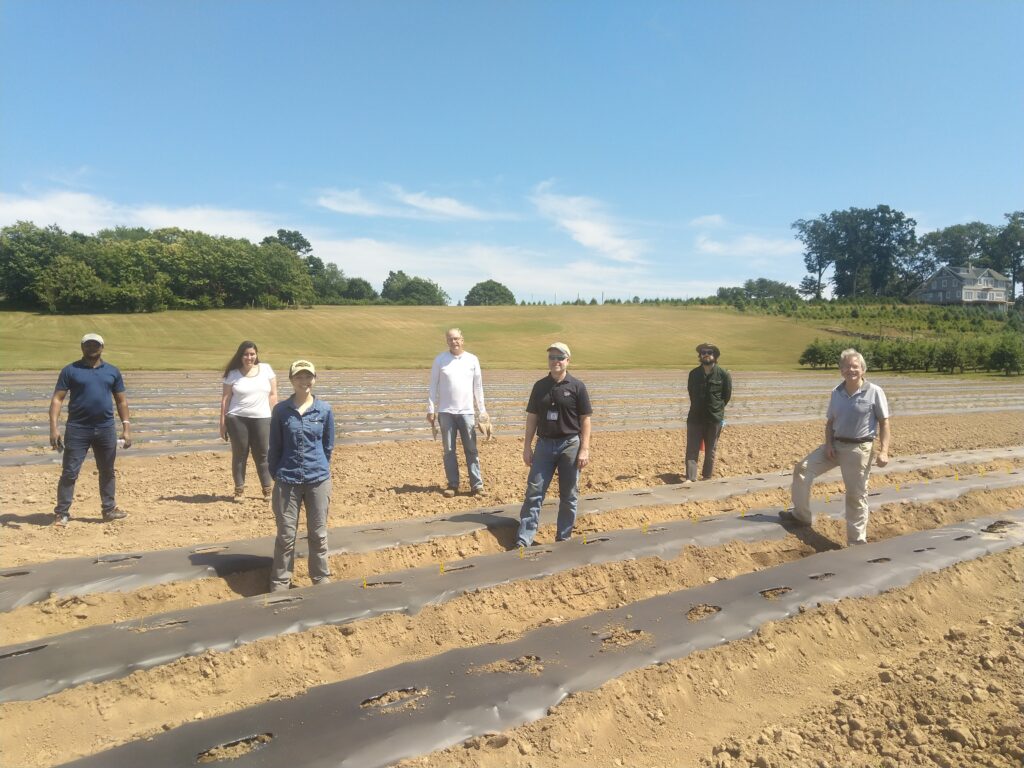In the Center for Sustainable Nanotechnology we aim to understand, predict, and control the specific chemical and physical interactions between nanomaterial surfaces and living systems via a molecular level, chemistry-centered approach.
Chemically stable nanoparticles having precisely controlled compositions, sizes, shapes, and surface functionalization will be employed to investigate how they interact with lipid bilayers and with model organisms, toward the goal of understanding the factors influencing the routes by which nanoparticles enter biological systems. Experiments will use lipid bilayers as model systems for biological membranes, Shewanella oneidensis as a single-cell model, and Daphnia magna as a model whole organism. The resulting molecular level changes in gene expression and metabolism will be characterized and used as biomarkers to evaluate biological responses induced by different nanoparticles and surface functionalization. These biological responses will in turn be used to inform the design and synthesis of nanoparticles having reduced adverse biological impacts. State-of-the-art analytical approaches, including nonlinear optical spectroscopies and genome sequencing tools, will be developed and used to characterize the interaction of functionalized nanoparticles with cells and simple organisms at the molecular level. These results will be informed by concurrent computational studies to provide fundamental insights into nanoparticle-biological interactions and to develop models with which to evaluate future nanomaterials.
We have written public-friendly summaries of many CSN research articles. For a list of publications, click here, or check out the CSN Google Scholar page.

The research of the CSN will ultimately contribute to the use of nanomaterials for societal benefit in a sustainable manner by leading to the development of nanomaterials with reduced environmental impact. The research will also provide enhanced training of graduate students in interdisciplinary science and the societal impact of nanotechnology. Graduate and undergraduate students will receive training in scientific and technological innovation that will help translate scientific results into economic benefit and other forms of societal impact. The CSN researchers will integrate their research on the sustainable nanotechnologies with educational and outreach activities to develop a program for informing and enhancing citizen engagement in nanotechnology and sustainability science using social media. CSN participants will also engage with teachers to develop K-12 and introductory level university science modules on the chemistry of safe and sustainable nanomaterials. Faculty and students of the CSN will engage with faculty and students at regional minority-serving institutions to increase participation from underrepresented groups via academic-year and summer research programs.
